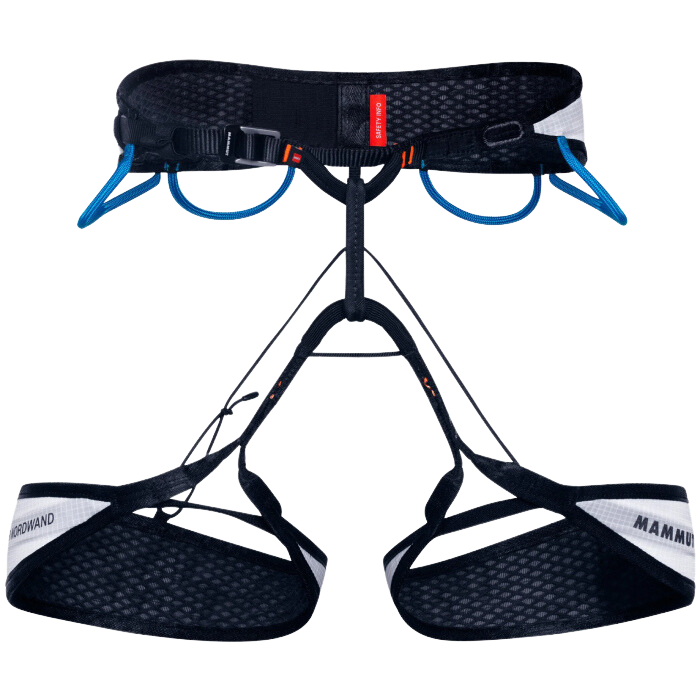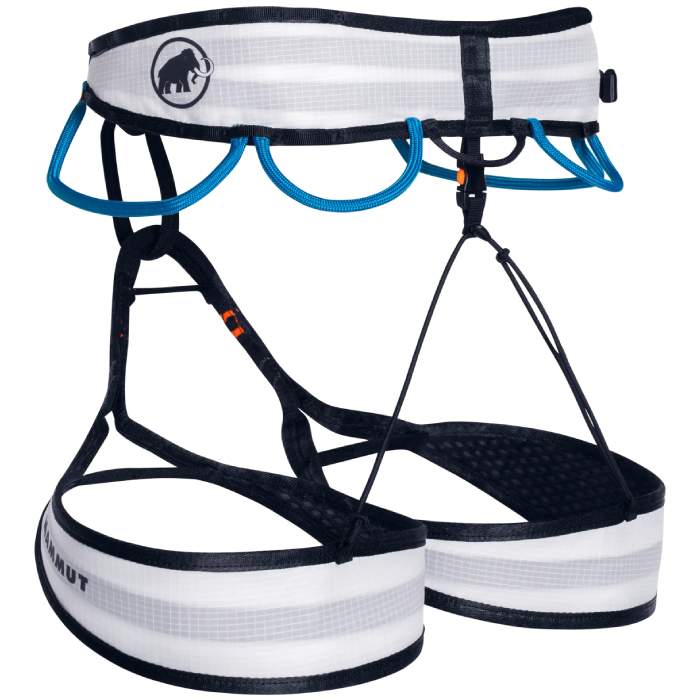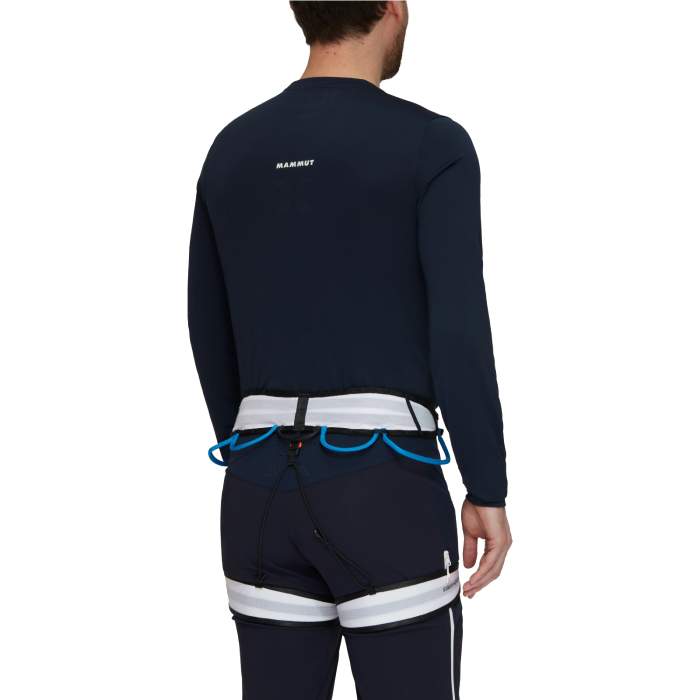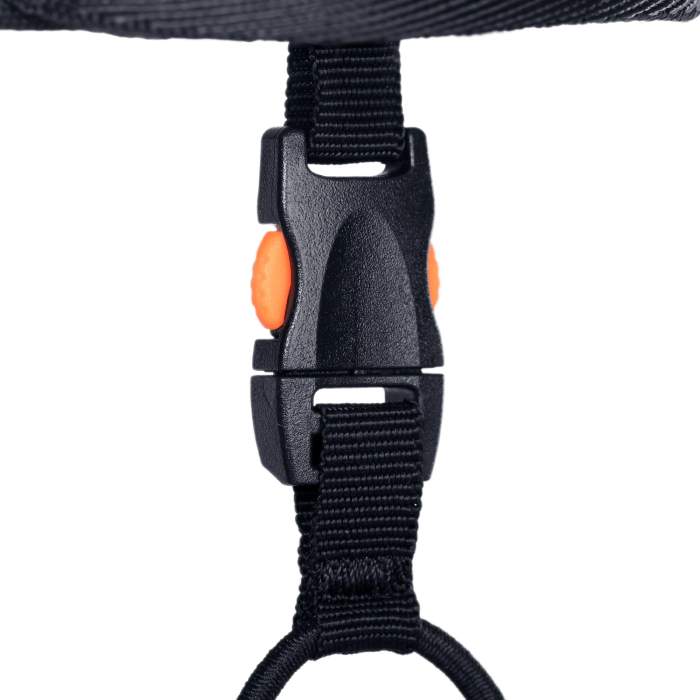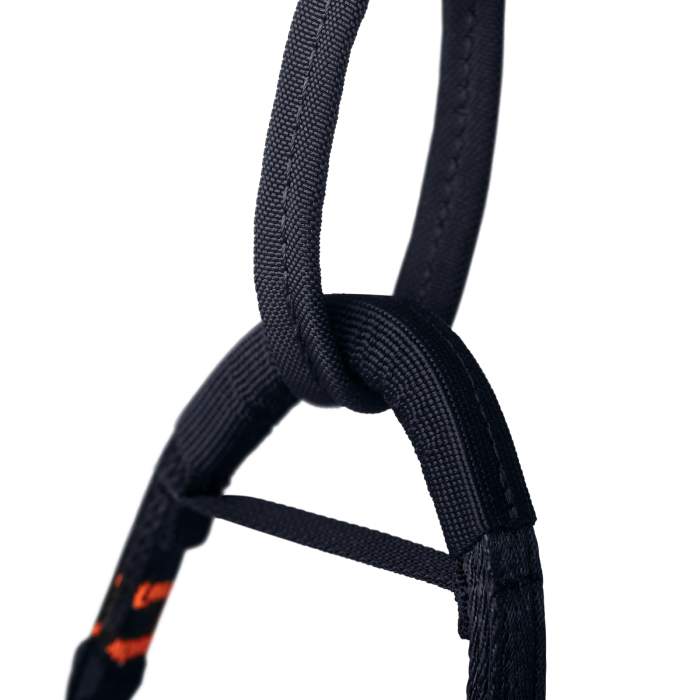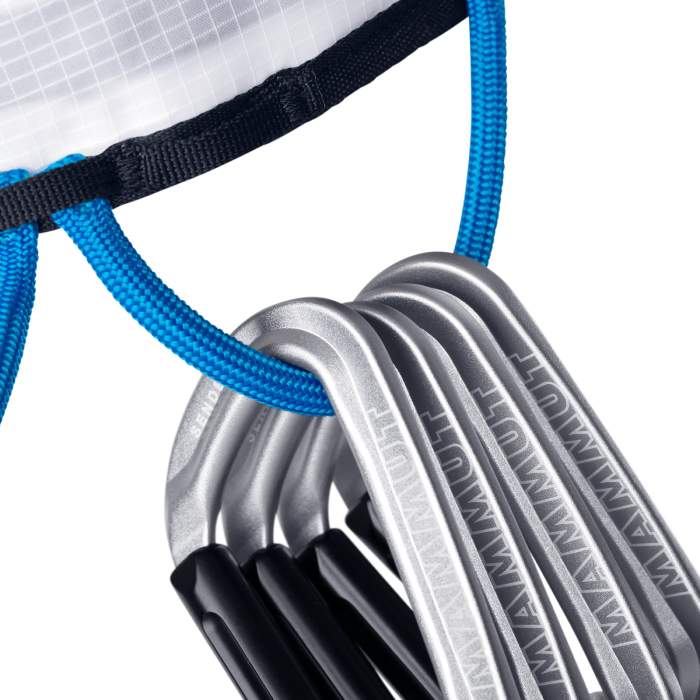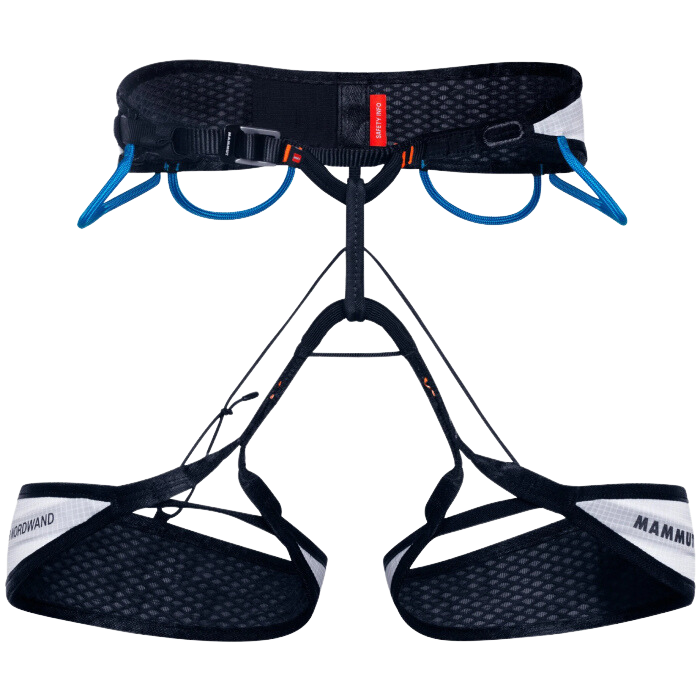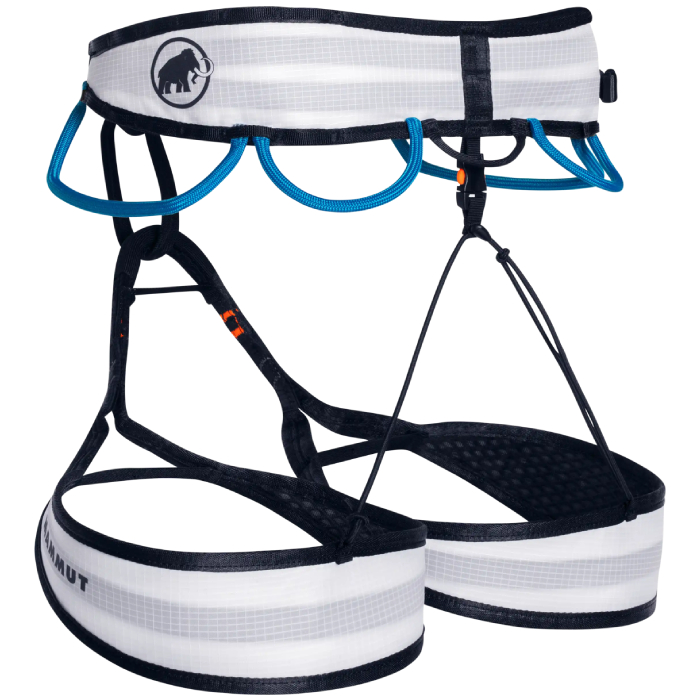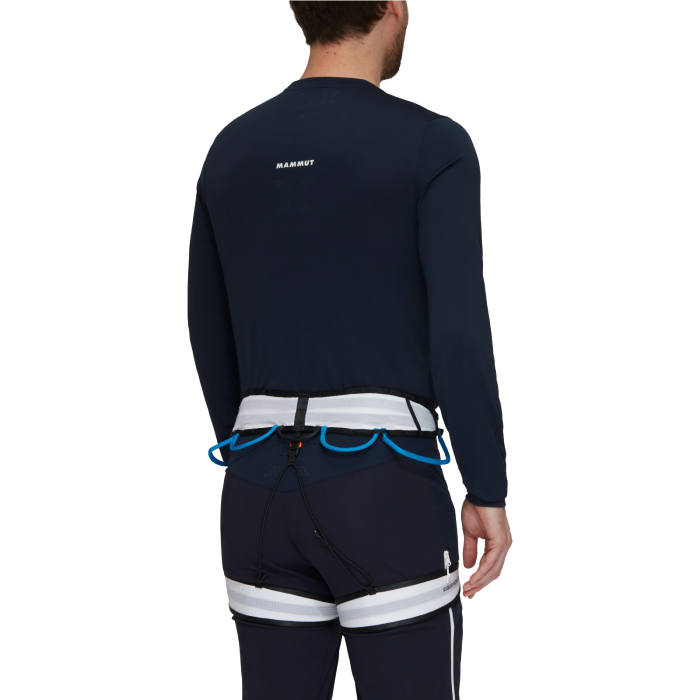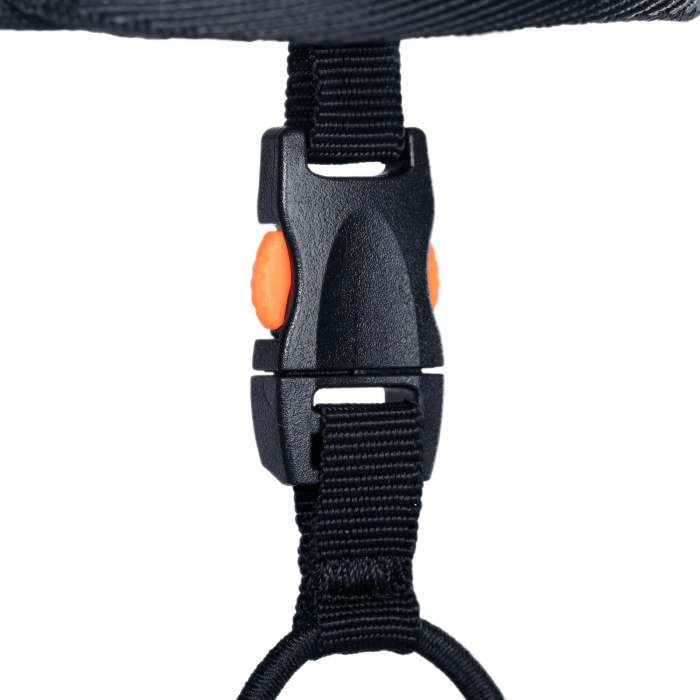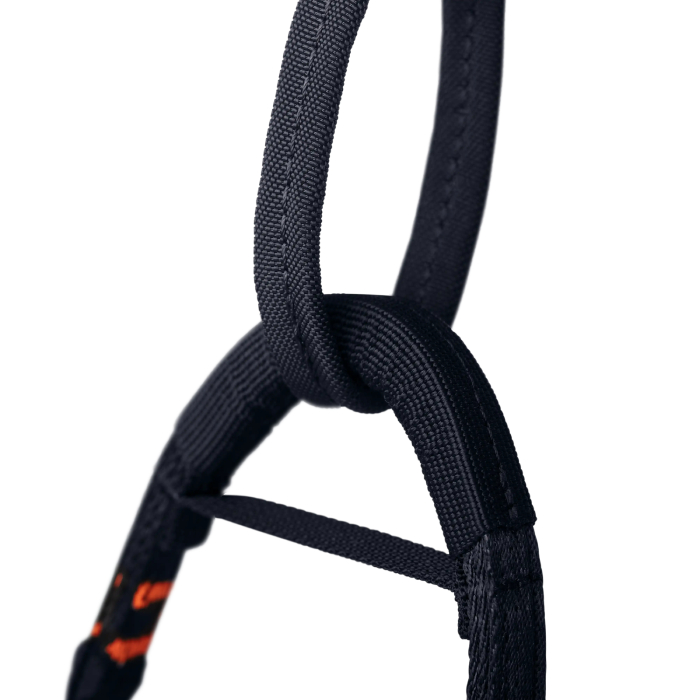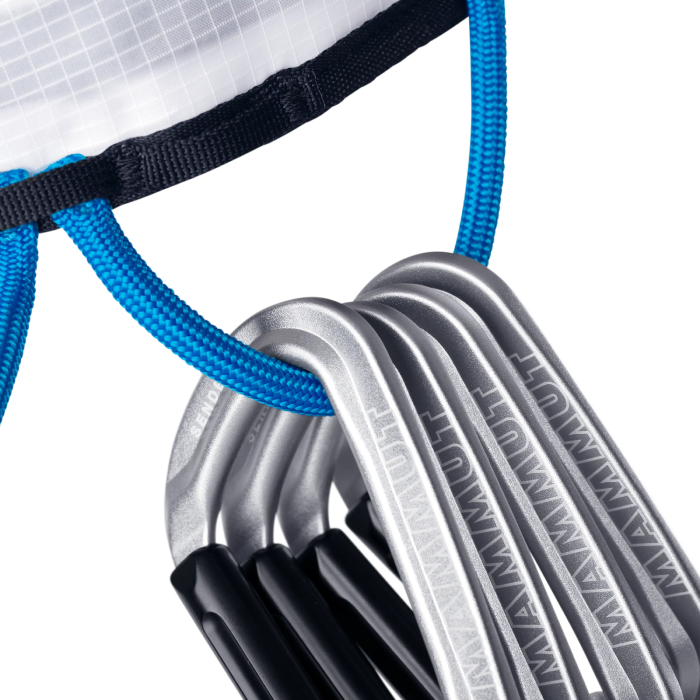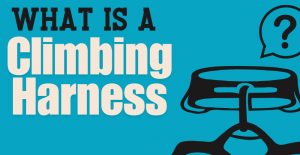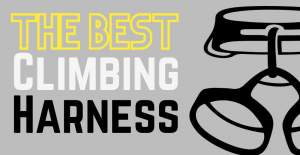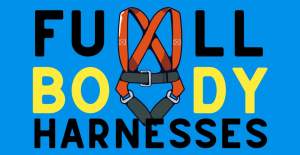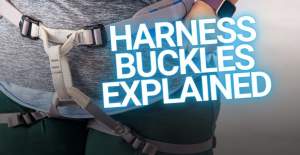Warning, service life, storage and transport with instructional pictures.
Eiger Nordwand
Description
Our climbing harness is designed for hardcore alpine, ice and rock climbing. It's lightweight and fully functional without compromising on comfort. Its optimized fit lets you move freely, and the tough, completely recycled ripstop material keeps you safe. The two front gear loops are large and stable, the two back ones are smaller and soft, so that you have enough storage room and can sit comfortably when wearing a backpack. And because you need options when you're climbing, there are six positions for ice-screw carabiners on each side.
-
Optimized for mixed alpine, ice and rock climbing
-
Fixed, elasticized leg loops
-
Optimized shape for exceptional hanging comfort
-
Gear loops tested for 25 kg
-
Two large rigid textile gear loops
-
Two small soft textile gear loops
-
Highly compressible
-
Functional drop-seat buckles
-
High strength Dyneema tie-in point
-
Indicator in the tie-in loop shows when the harness needs to be replaced
-
Minimalist pouch for transport
-
Main materials: HMPE (high-modulus polyethylene), 100% recycled ripstop polyamid 6, and 7075 aluminum buckle
Retail price
When you click a link below and then checkout online, no matter what you buy (climbing gear or not), we get a small commission that helps us keep this site up-to-date. Thanks!
Weight (g)  WeightIn grams, the weight, as stated by the manufacturer/brand. If there are differences in weight (due to multiple sizes or optional accessories) we'll list them here. The default weight is the middle-most size, often this is size M. | 234 g XS: 212 g / 7.5 oz
S: 225 g / 7.9 oz M: 234 g / 8.3 oz L: 252 g / 8.9 oz
(weight converted from grams to ounces) |
| Fit | Unisex |
| Sizes | XS, S, M, L, XL |
Gear Loops  Number of Gear LoopsGear loops are used to hold gear (quickdraws, cams, etc) onto your harness. 4 gear loops is most common. 
0 - 1 Gear LoopsMost often on full body harnesses or guide/gym style harnesses. 2-3 Gear LoopsMostly found on lighter harnesses made for [ski] mountaineering or high-end sport climbing where weight is a high priority. 4 - 5 Gear LoopsThe standard/most common number for climbing harnesses. Perfect for sport and trad. More Than 6 Gear LoopsDesigned for long multi-pitch and big wall climbing, found on harnesses made to hold the maximum amount of gear. Worth ConsideringOccasionally, the number of gear loops will change on a harness model depending on the size. There could be 7 gear loops for the med/large but only 5 gear loops for the xsmall/small. In this case we list the highest number for the filters, and then write an explanation on the product page like, “Size S/XS can only fit 5 gear loops.” | 5 Gear loops |
Ice Clip Slots  Ice Clip SlotIce clipper slots are made to fit a carabiner that holds ice screws. These slots are generally only used by ice climbers but there is no disadvantage to having them on your harness. 
Less than 40% of harnesses will have ice clipper slots. And those harnesses will usually have 2 or 4 slots, often located next to, or between, the gear loops. | Yes, 12 |
| Belay / Tie-In | One Loop |
| Waist Buckle Type | Quick Adjust |
| Leg Buckle Type | None (it stretches) |
| Drop Seat | Yes |
Haul Loop  Haul LoopTrad climbers often look for a haul loop as they're intended to haul a rope (second line) or pack (while you climb the chimney). 
A haul loop can also hold shoes or other accessories. Although not the intended use, it is also commonly used to hold a chalk bag. | No |
| Certification | UIAA |
| Size Chart | XS
Waist : 63-70 cm / 24.8-27.6 in Legs : 45-51 cm / 17.7-20.1 in S
Waist : 69-76 cm / 27.2-29.9 in Legs : 49-55 cm / 19.3-21.7 in M
Waist : 76-84 cm / 29.9-33.1 in Legs : 53-59 cm / 20.9-23.2 in L (will fit the lower range of XL)
Waist : 83-91 cm / 32.7-35.8 in Legs : 57-63 cm / 22.4-24.8 in |
No reviews yet.
If you know of a good product video that should be here, let us know, and we'll put it up.
If you're looking for gear videos in general, check out our Vimeo and YouTube channels to see the newest gear.
A pictoral representation of UIAA-105 and EN-12277 standards for harnesses.
The UIAA equipment standard provides a baseline for equipment performance in a test lab under controlled conditions on new equipment. Although these test conditions are relevant to the conditions encountered climbing, conditions encountered at the crags and the condition of the equipment are equally important. This recommendation from the UIAA member federation The British Mountaineering Council (BMC) provides vital equipment information that is NOT explicitly addressed in the standard, particularly failure modes of the equipment and recommendations for the use, inspection, maintenance, and retirement of equipment.

